
There are several clear signs that investors can watch out for to protect themselves from rug pulls such as the liquidity not being locked and no external audit having been conducted.
The following are six signs users should watch out for to protect their assets from crypto rug pulls.
Unknown or anonymous developers
Investors should consider the credibility of the people behind new crypto projects. Are the developers and promoters known in the crypto community? What is their track record? If the development team has been doxxed but isn’t well known, do they still appear legitimate and able to deliver on their promises?
Investors should be skeptical of new and easily faked social media accounts and profiles. The quality of the project’s white paper, website, and other media should offer clues about the project’s overall legitimacy.
Anonymous project developers could be a red flag. While it’s true that the world’s original and largest cryptocurrency was developed by Satoshi Nakamoto, who remains anonymous to this day, times are changing.
No liquidity locked
One of the easiest ways to distinguish a scam coin from a legitimate cryptocurrency is to check if the currency is liquidity locked. With no liquidity lock on the token supply in place, nothing stops the project creators from running off with the entirety of the liquidity.
Liquidity is secured through time-locked smart contracts, ideally lasting three to five years from the token’s initial offering. While developers can custom-script their own time locks, third-party lockers can provide greater peace of mind.
Investors should also check the percentage of the liquidity pool that has been locked. A lock is only helpful in proportion to the amount of the liquidity pool it secures. Known as total value locked (TVL), this figure should be between 80% and 100%.
Limits on sell orders
A bad actor can code a token to restrict the selling ability of certain investors and not others. These selling restrictions are hallmark signs of a scam project.
Since selling restrictions are buried in code, it can be difficult to identify whether there is fraudulent activity. One of the ways to test this is to purchase a tiny amount of the new coin and then immediately attempt to sell it. If there are problems offloading what was just purchased, the project is likely to be a scam.
Skyrocketing price movement with limited token holders
Sudden massive swings in price for a new coin should be viewed with caution. This unfortunately rings true if the token has no liquidity locked. Substantial price spikes in new DeFi coins are often signs of the “pump” before the “dump.”
Investors skeptical about a coin’s price movement can use a block explorer to check the number of coin holders. A small number of holders makes the token susceptible to price manipulation. Signs of a small group of token holders could also mean that a few whales can dump their positions and do severe and immediate damage to the coin’s value.
Suspiciously high yields
If something sounds too good to be true, it probably is. If the yields for a new coin seem suspiciously high but it doesn’t turn out to be a rug pull, it’s likely a Ponzi scheme.
When tokens offer an annual percentage yield (APY) in the triple digits, although not necessarily indicative of a scam, these high returns usually translate to equally high risk.
No external audit
It is now standard practice for new cryptocurrencies to undergo a formal code audit process conducted by a reputable third party. One notorious example is Tether (USDT), a centralized stablecoin whose team had failed to disclose that it held non-fiat-backed assets. An audit is especially applicable for decentralized currencies, where default auditing for DeFi projects is a must.
However, potential investors shouldn’t simply take a development team’s word that an audit has taken place. The audit should be verifiable by a third party and show that nothing malicious was found in the code.
Spotting a crypto rug pull scam: It takes some digging
In 2021, an estimated $7.7 billion was stolen from investors in rug pull cryptocurrency scams. These investors trusted that they were investing in legitimate projects, only to have the rug pulled from beneath their feet.
Before investing, it’s worth taking the time to research new cryptos and to do one’s due diligence before investing in a new project.
 [flexi-common-toolbar] [flexi-form class=”flexi_form_style” title=”Submit to Flexi” name=”my_form” ajax=”true”][flexi-form-tag type=”post_title” class=”fl-input” title=”Title” value=”” required=”true”][flexi-form-tag type=”category” title=”Select category”][flexi-form-tag type=”tag” title=”Insert tag”][flexi-form-tag type=”article” class=”fl-textarea” title=”Description” ][flexi-form-tag type=”file” title=”Select file” required=”true”][flexi-form-tag type=”submit” name=”submit” value=”Submit Now”] [/flexi-form]
[flexi-common-toolbar] [flexi-form class=”flexi_form_style” title=”Submit to Flexi” name=”my_form” ajax=”true”][flexi-form-tag type=”post_title” class=”fl-input” title=”Title” value=”” required=”true”][flexi-form-tag type=”category” title=”Select category”][flexi-form-tag type=”tag” title=”Insert tag”][flexi-form-tag type=”article” class=”fl-textarea” title=”Description” ][flexi-form-tag type=”file” title=”Select file” required=”true”][flexi-form-tag type=”submit” name=”submit” value=”Submit Now”] [/flexi-form]

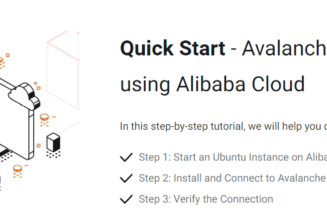

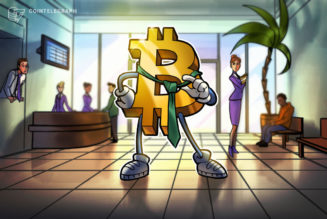
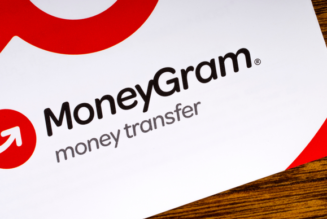
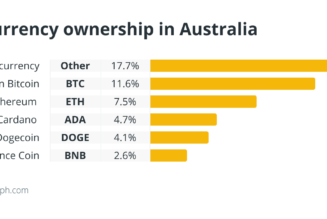
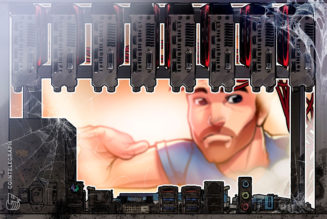


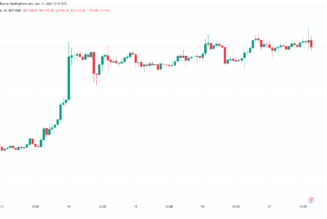
Tagged: Blockchain, crypto blog, Crypto news, cryptocurrencies